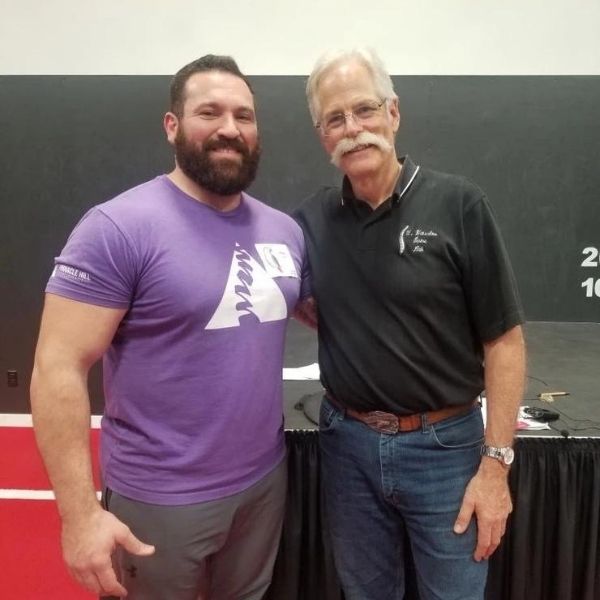Back in November, I was in beautiful Edmonton, Alberta, Canada for a 3-part intensive seminar series. It was 8 hours a day for 4 days straight in total, learning from one of, if not, the leading spine researchers in the world, Dr. Stu McGill and his team. Over the course of the 4 days, we covered numerous different topics, such as pain generators in the spine, their typical presentations, and correctives to get people out of pain without even laying a hand on the person. It was all very interesting material, some of which I am familiar with as I’ve read some of his books in the past and have seen him lecture previously, albeit not for 4 days straight. Probably the most profound lesson I learned from Dr. McGill was something the came up repeatedly throughout the series: “The sport finds the athlete, the athlete does not find the sport”.
Basically, what McGill was alluding to was that certain sports require a certain skill set, certain abilities, and physical attributes that not every person is cut out to perform. He spoke of various sports and the anatomical prerequisites that are ideal, practically essential for those sports. Olympic weightlifting was one where this motto applies tremendously. The barbell snatch and clean and jerk require the athlete to be able to produce a significant amount of power from the bottom of the deep squat position. Additionally, once the athlete has lifted the bar into the air, they have to be able to recover in that deep squat position in order to catch the bar, whether it is overhead in the snatch or the front rack position with the clean and jerk. But not every athlete can even get into the optimal starting position, let alone recover to catch the bar.
In previous weeks, I’ve talked a lot of about squat mechanics and why certain people can squat very easily and others, not so much. A lot of the ideas I’ve written about were discussed including hip morphology. Dr. McGill talked in depth about the various hip shapes that either make or break a great lifter. The two types referenced the most were the Celtic hip and the Dalmatian hip, which I talked about in a previous blog. He also mentioned torso to femur length. Longer torsos with relatively shorter femurs are advantageous over a shorter torso and longer femur length. I spoke about this a few weeks ago as well.
But what does this all mean? Well, the point is that not everyone in the general population is cut out to do everything in terms of athletics. For example, with the quick rise of CrossFit, the use of Olympic lifts skyrocketed. This has been both a good thing and a bad thing. For one, it introduced more people to fitness and wellness than perhaps any other form of exercise. But, conversely, it popularized the notion that everyone can be an athlete. Now I may get some heat here, but I think the message should have been more along the lines of everyone can be athletic. It’s a subtle difference, which we’ll dive into in the next subsequent blog post.





